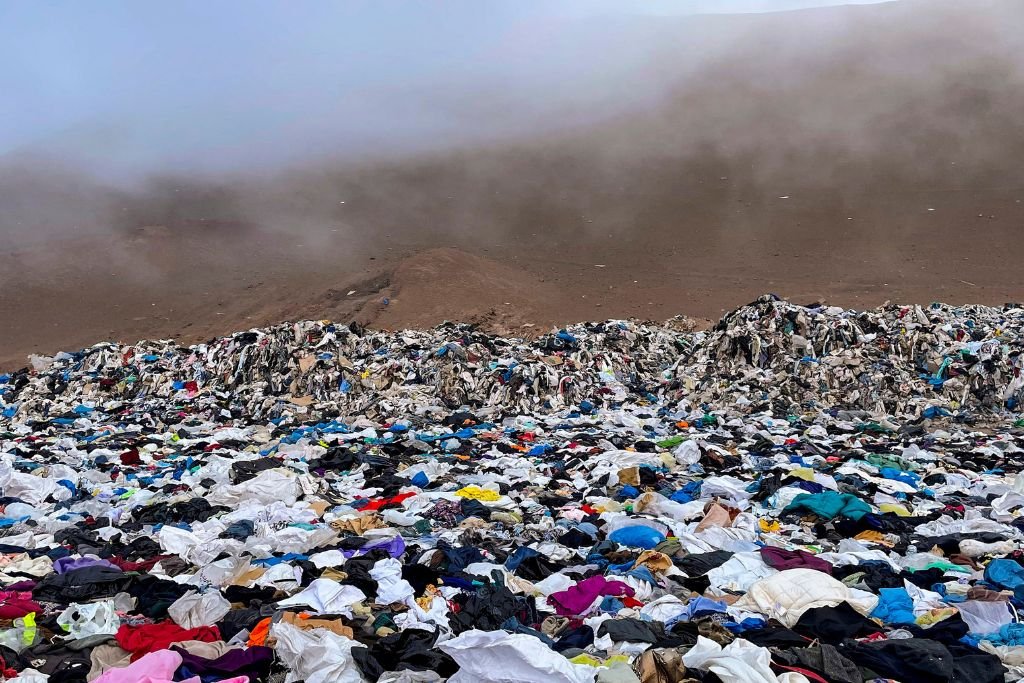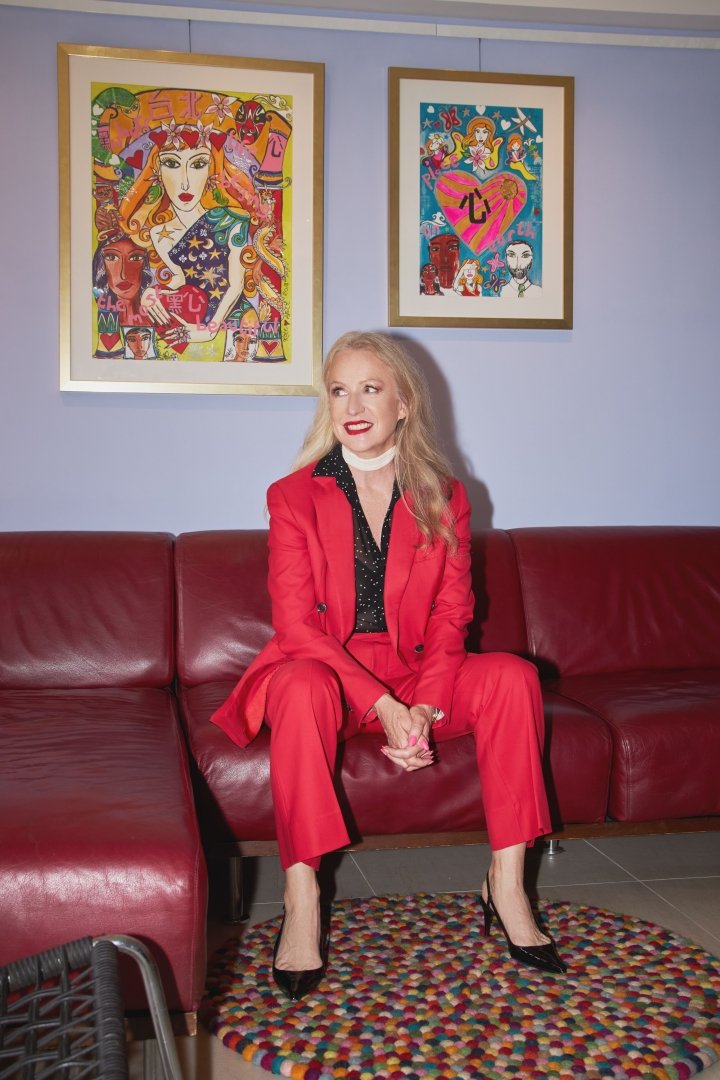Hi Darlings,
Welcome back, and welcome to another blog from the Future of Fashion, a place where we get to magically impact the future of fashion, beauty, and creativity for all living creatures.
Sustainable Fashion Trends
As you heard from the previous blog, I have been talking about fashion with Gen Zers and exploring how they dress, shop and consume fashion. I have experienced some learnings that show the completely stark differences from previous generations, especially Gen X.
Firstly, why are people from younger generations so interested in fashion sustainability? Gen Z consumers demand transparency, ethical practices, and reduced ecological footprints from brands.
However, NEW is not considered the best (or most aspirational) option. As I grew through fashion, we aspired for new and designer, as aspirational as possible. I have worked my way through many designers on a consistent drive for cool, edgy and new. Yet this group's first choice is always vintage, thrifted or secondhand. That is considered the most aspirational or coolest. I do wonder if this generation aspires in the way we have before. Do they associate cost with value, or is it something else?
So here we are, looking at the popular trends for Summer 2024.
Yet, for me, these are revisited trends from years of shopping fashion. I wish I had kept every trend, as I would have something in my wardrobe for most of the trends listed below.
So, let’s have some fun and take a journey through the trends of Summer 2024 and some of my own reflections.
TOTAL DENIM: I have worked in high-end denim. I had a time when I worked with many high-end fashion retailers to make products in the denim category. We loved “Paul & Joe”, “True Religion”, and “7 for all Mankind”. Especially “Diesel” and “Miss Sixty”, who brought so much excitement and the start of fast fashion in denim. The jeans explosion probably started with Tom Ford showing extraordinary, decorated low-slung jeans at Gucci. Followed by the eclectic decorated jeans you could buy in Notting Hill in London. I really feel this trend is strongly returning. The silhouette of the Y2K was wide jeans and cargos with a small top.
BALLET FLATS: This was a massive trend from 2006-2007-ish. Amy Winehouse notoriously wore ballet flats all the time. So many brands embraced them fully. “Repetto” was a huge brand in this category. However, Miu Miu really took the shoe to a new level. I had a couple of pairs from Miu Miu; they were highly practical for everyday wear. So why are they making a comeback? Miu Miu is very popular again; this aesthetic has that cool girl, ingenue, cute vibe. Ballet flats totally fit there. Also, trainers have gone off-trend, and we do need a flat replacement. The ballet flats we see now are either very exaggerated “ballerina show” or a more urban version of Khaite and Alaia.
URBAN MINIMAL: It is expected that quiet luxury will evolve into quiet outdoor, and, probably, many pieces will come from the world of vintage. It is 25 years since the tragic death of Carolyn Bessette-Kennedy. Images of her style have been hugely popular recently. Her minimal style, a wardrobe made of measured volumes, simple, almost austere lines, black tailored trousers, white shirts, leopard print, some Yohji, denim and monochromatic t-shirts, ballet flats, headbands worn with small sunglasses. That 90s minimal style with a surprising edginess.
A NOD TO THE 80s: characterised by a return to power dressing and outfits suitable for the working day. Strong tailoring from designers such as Giorgio Armani, Yves Saint Laurent, Thierry Mugler, Versace and Alaïa during the 1980s & 90s. The suit feels really new again, as do strong jewel colours. It was inevitable we would want tailoring after years in leggings and athleisure. It is so cool to see the essence of Diana, Princess of Wales, being so present in fashion. Whenever I see the influencer Xenia Adonts posts on IG, her hair is so reminiscent of Diane—a new era of that glamorous, tailored dressing up. It would be a fantastic investment if you could get your hands on some vintage tailoring from that era. Hopefully, you have a family member who has pieces in their wardrobe. I don’t have anything from that era, but I do have a 1999 Armani suit, which is so cool now.
KITTEN HEELS & SLING BACKS are back. They sit so well with all of the above trends—the 90s Minimal sandals or slides. The kitten heel is an elegant and practical shoe. Prada launched a kitten heel slingback in the nineties; it was literally “the shoe of the decade”. It was the fashion shoe that everyone wore. Manolo Blahnik and many other designers appeared at that time. The nineties saw the arrival of “Sex and the City”. Carrie Bradshaw and her shoe obsession. Prior to that, expensive designer shoes were not a thing.
Fashion trends weave a journey from the past to the future. This journey is really an opportunity to understand so much more about ourselves, others, culture, the past, and why we wore things or dressed that way.
Does fashion connect us with the past and the future at the same time?
Is fashion a way to understand more about other generations?
Fashion is a sociological and cultural expression, not purely a driver of consumption.
The history of fashion is a fascinating subject.
Which part of that history is your favourite?
As always, have fun, love life, and enjoy fashion.
Kate xx

















